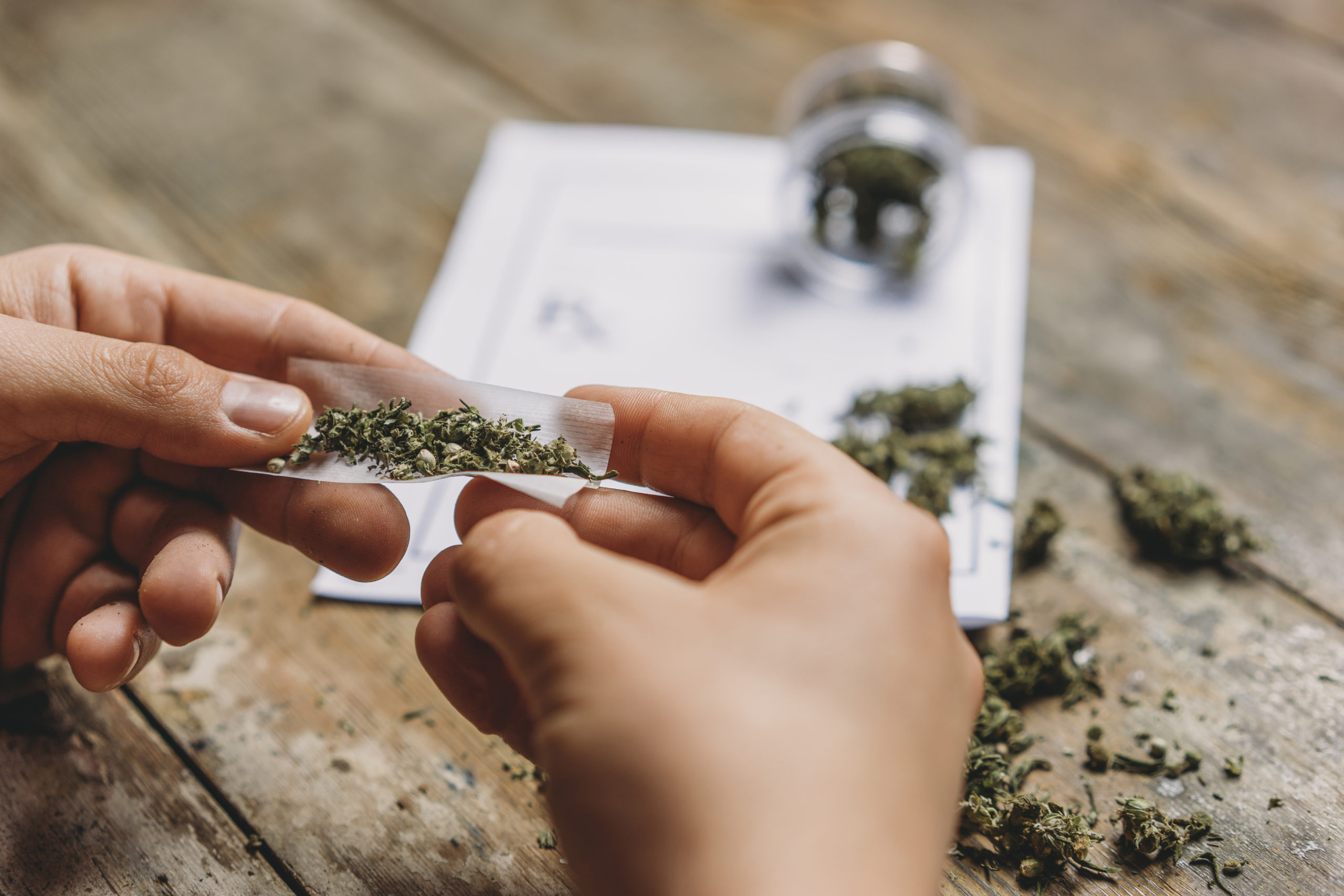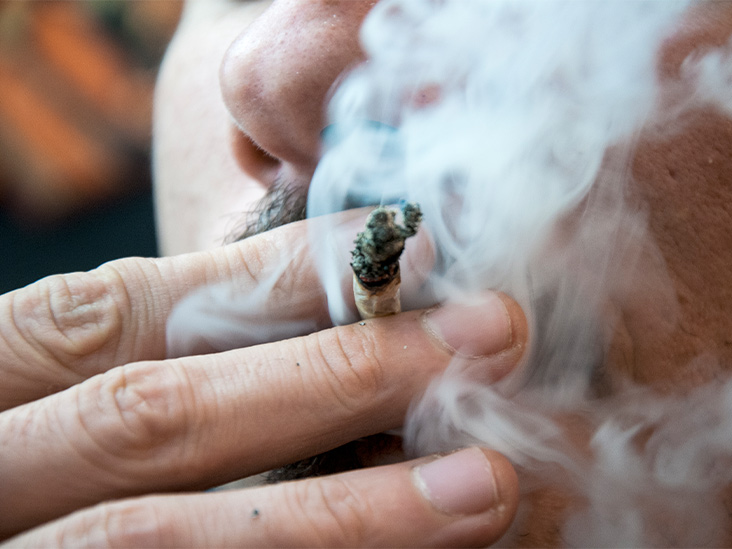Medical cannabis is a highly personal affair. When it comes to finding the perfect dose, dozens of variables factor into the equation. Differences in product types, potencies, individual genetics, weight, age, and so on produce unique experiences every time an individual chooses to consume cannabis.
With so little research available, it requires an ongoing effort to determine the best cannabis dose for each person’s specific medical needs. Doctors are a good starting point. However, it’s helpful to know how different factors play into your cannabis experience. This knowledge can empower you to make informed, safe decisions about your medical cannabis use.

Every person has a unique endocannabinoid system (ECS) and, as such, a different response when they consume cannabis. It’s essential to know what type of product at what potency produces what kind of response. Determine your medical cannabis goals and slowly work to find what allows you to reach those goals.
Some patients find success with 1 milligram of cannabis, while others require much more potent doses. However, while higher doses will have more potent effects for a time, subsequent dose increases will result in weaker effects accompanied by more adverse reactions. And the highest dose is hardly the most cost-effective. Medical marijuana is expensive, and consuming more doesn’t necessarily equate to more relief.
The optimal dose, then, is the lowest amount that provides adequate therapeutic relief without adverse effects.
A therapeutic window is a period in which one can observe measurable therapeutic effects, while adverse side effects are avoided.
The therapeutic window for novice cannabis users is much narrower than for seasoned consumers. The ECS is a highly tuned instrument that responds to overstimulation by diminishing cannabinoid receptors, meaning higher doses will be required to achieve the same therapeutic effect. With higher doses come higher chances of adverse effects. .
“Start low, go slow,” is advice provided by many dispensaries, with clinical research to back it up. A 2012 study showed that patients with advanced cancer experienced more effective pain relief with fewer side effects by using lower doses of cannabis spray. Another study found that low doses of vaporized cannabis were equally effective in relieving nerve pain as higher doses and the smaller doses were less likely to have a significant impact on daily cognitive function.
Clearly, there’s an upper limit to cannabis’ effectiveness. While to date, there is no known lethal dose to cannabis, it’s possible to experience unwanted anxiety or paranoia by consuming too much.


Users should gradually increase dosage to figure out what works best for their physiology, symptoms, and cannabis goals. It’s essential to know precisely what’s in a medical cannabis product before purchase. Check the label for cannabinoid percentages (potency) and terpene content, which plays an important role in cultivar-associated experiences via the entourage effect.
The cannabinoid makeup of a medical marijuana product can dramatically affect the users’ experience. THC, the most well-known cannabinoid, is responsible for the psychoactive intoxication of cannabis and may provide a host of medicinal properties. CBD, the plant’s second-most abundant cannabinoid, has its own list of reputed therapeutic benefits, as well as overlapping qualities while acting on different physiological mechanisms than THC.
Many studies show that CBD may protect against cognitive impairment caused by THC. THC and CBD used together, depending on the dosage and consumption method, could offer a patient higher therapeutic value.
By starting with lower levels of potency, users allow the ECS to self-correct and achieve equilibrium. Less potency will be needed for maintenance, reducing tolerance build-up, unwanted side-effects, and financial expenditure in the long run.
A clean slate allows you to establish a tolerance baseline from which you can determine your optimal cannabis dose. In an interview with Marijuana.com, Dr. Chris Emerson recommended regular users start with a 48-hour break to reset the system. More seasoned cannabis users might require a more extended tolerance break.
After the break, try a three-milligram dose of THC. Observe and write down how it feels. The next day, try three milligrams of CBD and observe those effects. Take the next week to try different combinations of THC and CBD while keeping the total less than 3 mg.
As you establish a baseline, you can begin to experiment with more precise doses. Keep your medical cannabis goals in mind as you mix different ratios, try dosing at various times during the day, timing meals with your dose, etc. From here, you can steadily increase your dosage in small increments as needed until you reach the lowest amount that delivers your desired results.
Microdosing is also increasing in popularity as people seek the therapeutic benefits of cannabis without diminishing cognitive capacity. Some users start with 1 to 2.5 mg, just enough to mitigate symptoms that would otherwise affect their ability to work.
article provided by: weedmaps.com
https://weedmaps.com/learn/products-and-how-to-consume/decide-how-much-to-take
